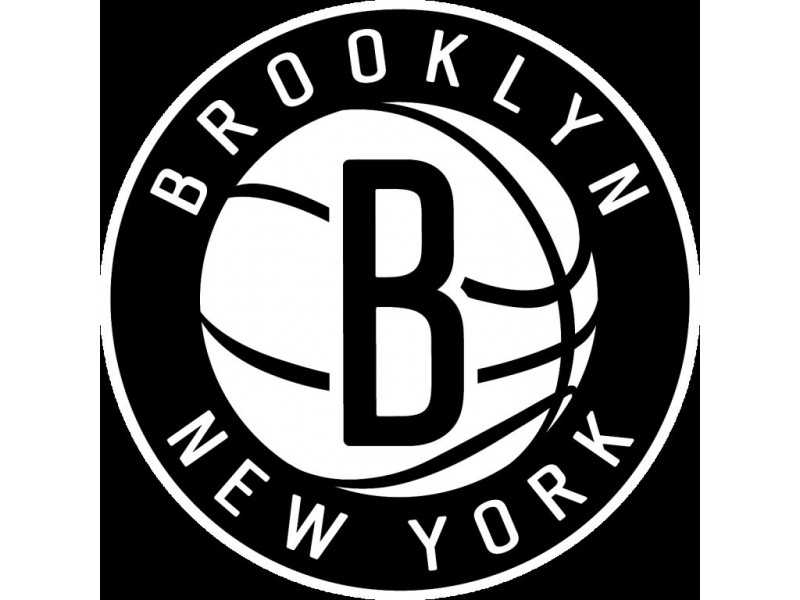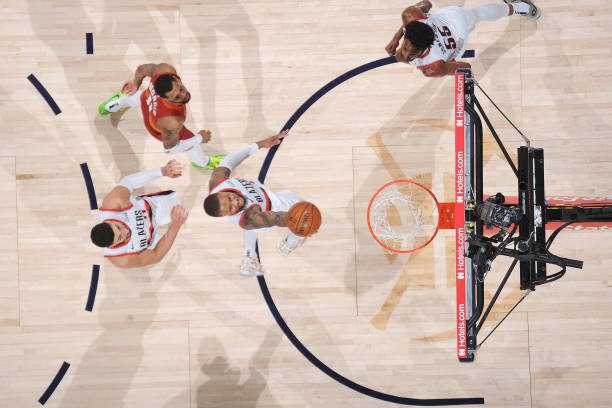NBA All-Star reserves were just announced on Tuesday. This week was an annual tradition, even if it came a couple of weeks later this year than in years past. Every season, with a locked 12-person per conference roster, the NBA All-Stars get announced at the mid-season point. In a combination of fan, media, player, and coach voting 24 basketball players become stars amongst studs. And, every year, fans, media, players, and coaches all complain about snubs from the All-Star list.
Devin Booker is the most disrespected player in our league!!! Simple as that.
— LeBron James (@KingJames) February 24, 2021
It is weird to hear everyone who has a say in who makes the All-Star game also complain about who is in. For instance, if 100-percent of the players agreed on someone, that’s a quarter of the way to being a starter. If 100-percent of the fans wanted a single player, then that’s 50-percent of the way to being a starter. And the coaches themselves pick the reserves.
But what if they have a point? What if part of the reason we feel like there are snubs every year is that there are snubs every year? Not snubs as in “there will always be an outside looking in,” but snubs as in the league and game have changed and the All-Star Game needs to, too. And if the NBA All-Star game were to change, then what does that change look like?
Change is Normal

Lots of things about the NBA change on a fairly regular basis. In 2013, the league went away from having an All-Star lineup of center, two forwards, and two guards to having three “frontcourt” and two “backcourt” players in the starting lineup. A few seasons later, in 2018, the leading vote-getters got the chance to draft their All-Star teams. Just last year, the NBA shifted to an Elam Ending in the All-Star game in which players play to a set score as opposed to the end of a clock. Change is normal. Changes in the rules happen all the time.
Further, the game itself changes often. The NBA is an international, outside-in focused game with at least four, and often five, players starting their action more than 23-feet away from the basket. The 2008 Boston Celtics, just three years ago, would start five American-born players including big men Kevin Garnett and Kendrick Perkins simultaneously. That team won a title as well as 66 regular-season games.
Change is normal in basketball- except for the roster size in the All-Star game. It has been a long time.
NBA All-Star Teams Must Expand Rosters
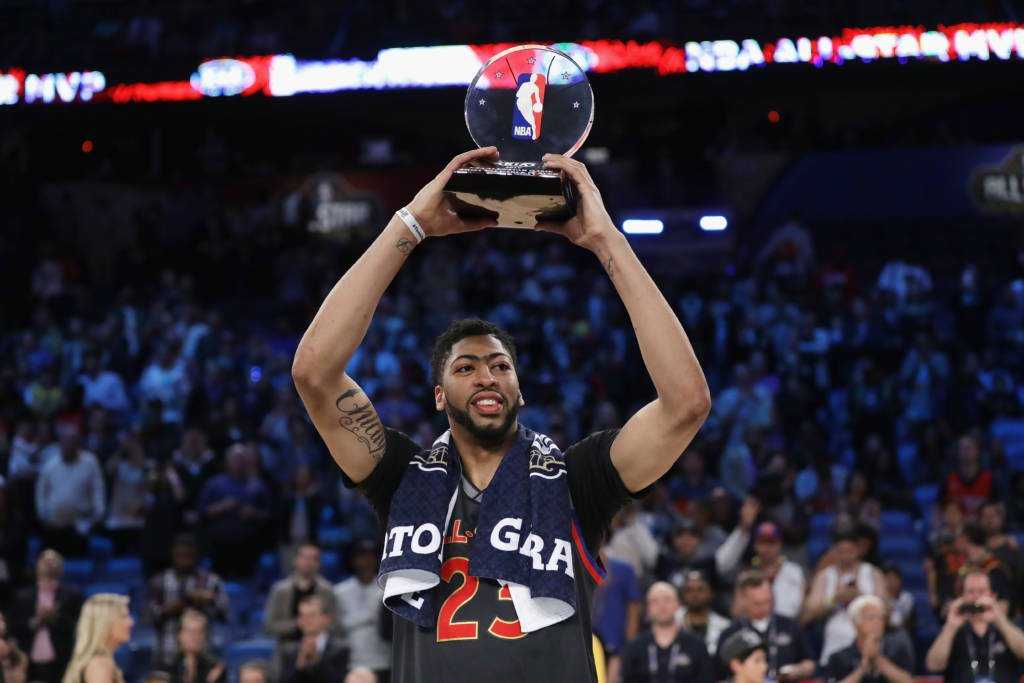
The NBA’s first All-Star game was in 1951. In 1961, just 10 years later, the teams grew from 10 players per conference to 12. And in the 60-years since? There have been zero adjustments to how many players are on All-Star rosters ever since. In 1961 there were eight 12-person NBA teams. Having 24 All-Stars was making a quarter of the league an All-Star. Today, the 24 total All-Stars is the equivalent of 4.7-percent of rosters. The All-Star team has shrunk considerably.
NBA rosters? Like actual team rosters? They get more than 12.
This man deserves an All-Star spot … Vooch lost multiple fellow starters and keeps raising his game.
— Marc Stein (@TheSteinLine) February 20, 2021
His problem: It’s the deepest East, individual talent-wise, in years https://t.co/oa6QU4BOFg
It’s not that the All-Star team ought to have 25-percent of the league in it. That would mean there each All-Star team has over 60 guys. But it does mean the All-Star team ought to be built like an NBA team. If there are 17 total roster spots on an NBA team (14 maximum active), then why is an All-Star team so much less?
Have to Take Away NBA All-Star Positions
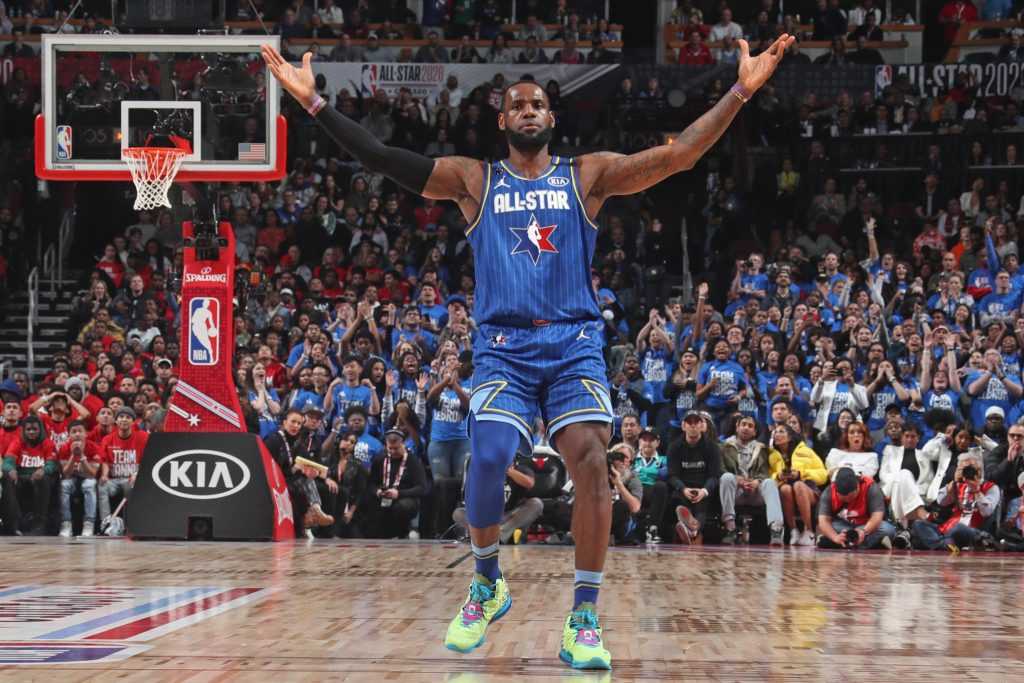
While the Houston Rockets made a living with it a year ago, NBA teams don’t have traditional forwards, centers, or guards anymore. There are dunker spots, three-and-D, playmaker, roll-men, pop-men, and slashing wings. Coaches no longer put together a team with one point guard, one shooting guard, one small forward, one power forward, and one center on the floor at a time. So why does an All-Star roster have to split folks into front and backcourt players?
Further, position markers hurt players. In Luka Doncic’s rookie season he was listed as a forward. He had to compete in the fan vote with Kevin Durant (the previous season’s Finals MVP), Paul George (who was a finalist in the MVP voting), and James (three-time Finals MVP, four-time NBA MVP). That’s stiff competition for a player to get in. The next year? Doncic was listed as a guard and voted in as a starter alongside James Harden. What about Doncic? Both seasons he brought the ball up, both seasons he initiated the offense, both seasons he was the creator in Dallas… And he didn’t shrink.
The positional requirements are important in creating snubs because the game is shifting away from some positions and heading towards others. Much like the ’90s were filled with monsters inside, the current game has a plethora of perimeter players. This is a pendulum that swings back and forth. It also certainly means the game has to focus on rigid parameters and not the “All-Stars.” Drop the position labels. We’ve seen teams play and win games with no one over six-foot-seven, and we’ve seen how much fun point-Jokic and the seven-footers-are-best lineup can be. Pick the best players, not the best for that position.
No Snubs?
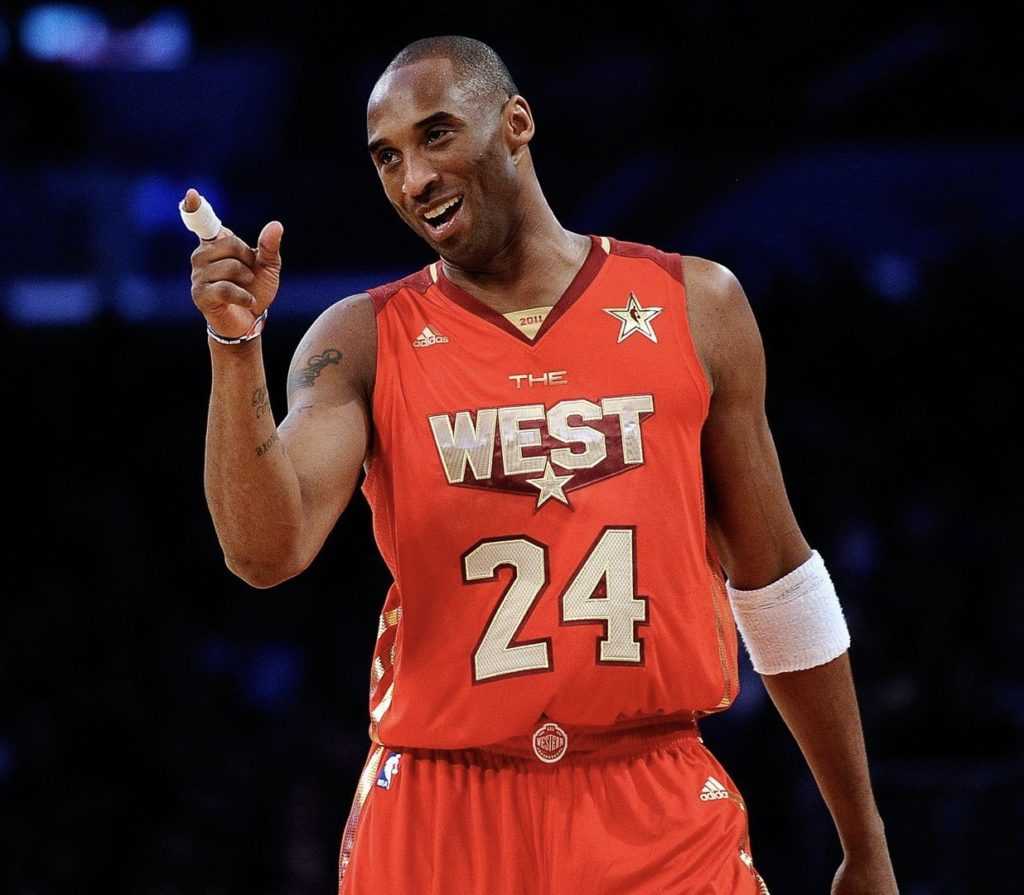
Yes, even with expanded rosters and zero positional limitations there would be NBA Talking heads talking about folks on the outside looking in. But, with the outdated rosters, there really are people being snubbed. The NBA All-Star teams aren’t teams. They’re two dozen players playing a pick-up game.
If we’re going to pick teams, then we need to be sure they are really, really teams. And to do that, the NBA All-Star weekend will need some changes. There have been plenty, but it’s time for a few more.
For more on sports, sneakers, and fandom, follow me @painsworth512 for more, and give our podcast “F” In Sports a listen wherever you listen to podcasts!
Be sure to check our NEW weekly basketball show, The Midweek Midrange, on YouTube, Twitter, and Instagram!


